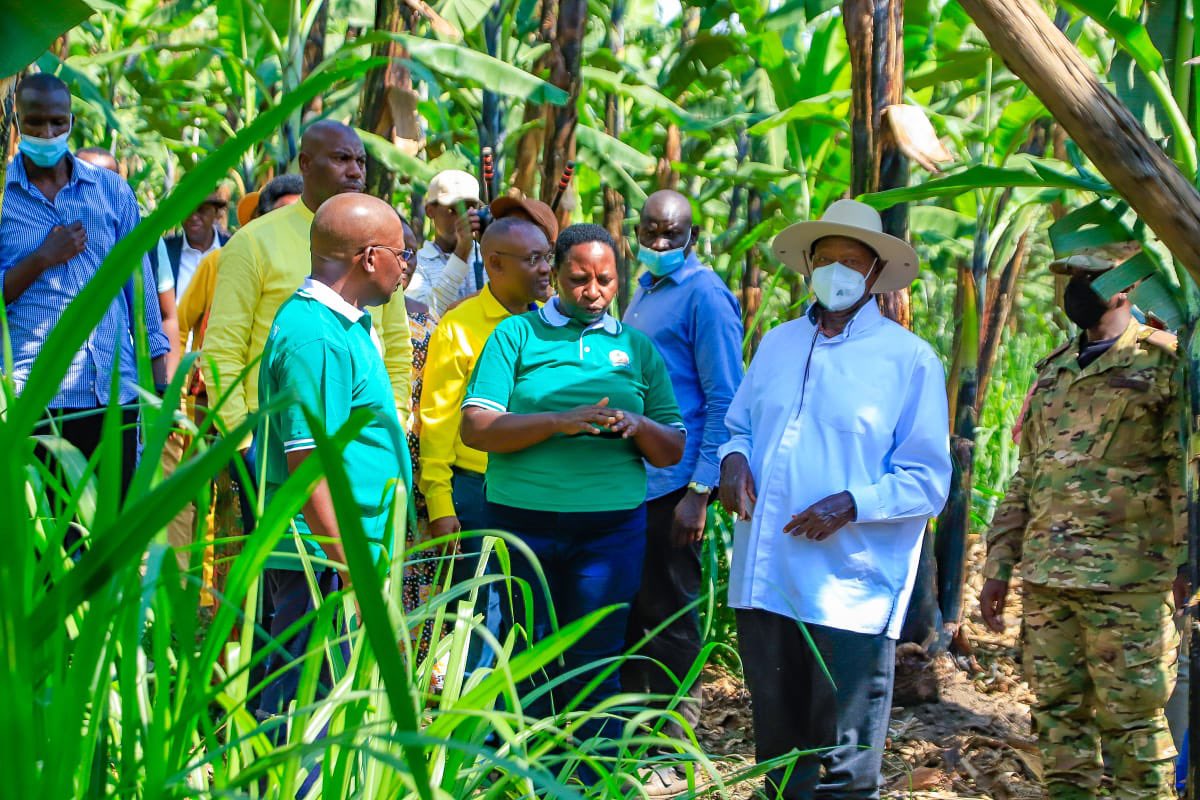The Parish Development Model (PDM) is a transformative government initiative in Uganda aimed at eradicating poverty by empowering communities at the grassroots level. Launched in February 2022 by President Yoweri Museveni, the PDM targets over 3.5 million households with the goal of transitioning subsistence farmers and households into the monetized economy, with a target income of at least Ushs 20 million per household annually by 2025.
Structure and Objectives
The PDM is anchored on the parish-the smallest administrative unit in Uganda-as the epicenter for planning, budgeting, and delivering development interventions. It adopts a multi-sectoral approach organized around seven pillars:
- Production, Storage, Processing, and Marketing
- Infrastructure and Economic Services
- Financial Inclusion
- Social Services (health, education, water, sanitation)
- Community Mobilization and Mindset Change
- Parish-Based Management Information System (PBMIS)
- Governance and Administration
Each parish receives funding (initially UGX 100 million, now boosted to UGX 200 million) to invest directly in income-generating activities, infrastructure, and social services, with a strong emphasis on measurable outcomes and accountability at the local level.
Impact on Ugandans’ Livelihoods
The PDM has had tangible effects in improving livelihoods and socio-economic conditions across Uganda’s rural communities. By focusing on agricultural value chains and enterprise development, the model helps smallholder farmers and entrepreneurs move from subsistence to commercial production. For example, in Nwoya District, farmers’ cooperatives have successfully used PDM funds to invest in onion farming, while in Butaleja District, beneficiaries have established poultry and dairy ventures that generate sustainable incomes.
By October 2024, over 1.85 million Ugandans had benefited from PDM funding, with cumulative disbursements exceeding UGX 2.1 trillion. Investments have been diversified: 42% in crop farming (coffee, maize, cassava, vegetables), 39% in livestock (goats, dairy cattle, piggery), 17% in poultry, and 2% in non-farming enterprises such as retail and baking.
Success stories abound. In Bukedi, a woman named Nabutono used UGX 1 million from her parish SACCO to start a piggery business, which enabled her to pay school fees and expand into poultry farming. In drought-prone Teso and Karamoja regions, beneficiaries have adopted alternative livelihoods like sustainable agriculture and piggery projects, stabilizing incomes and improving food security.
Social and Governance Benefits
Beyond economic gains, the PDM promotes financial inclusion, especially for women, youth, and marginalized groups, through Parish Revolving Funds and SACCOs. It also strengthens local governance by involving communities in development planning and accountability processes, fostering transparency and democratic participation.
The model improves access to social services such as health, education, water, and sanitation at the parish level, contributing to better quality of life. Digital tools like the Parish-Based Management Information System enhance data-driven decision-making and service delivery.
Challenges and Outlook
While the PDM is widely praised as a comprehensive grassroots poverty reduction strategy, its success depends on sustained community engagement, coordination among government agencies, and addressing structural challenges like infrastructure gaps and market access. The government’s recent decision to double funding per parish underscores its commitment to scaling impact.
Overall, the Parish Development Model is reshaping Uganda’s development landscape by empowering local communities, boosting incomes, enhancing service delivery, and fostering inclusive economic growth. It represents a strategic shift towards decentralized, results-oriented development that holds promise for lifting millions of Ugandans out of poverty by 2025 and beyond.

